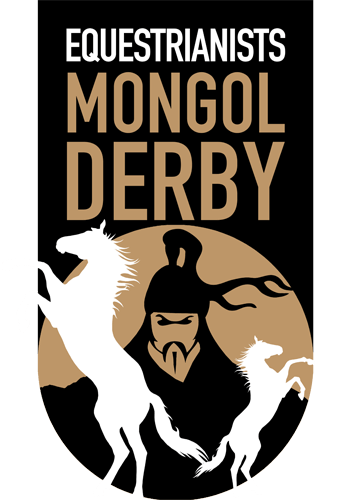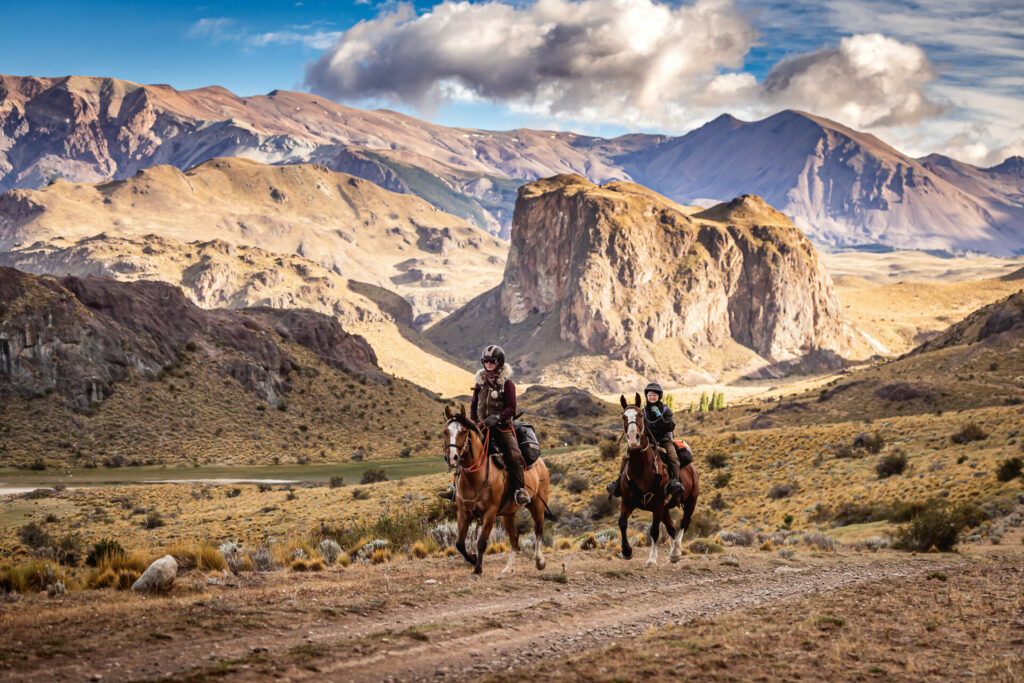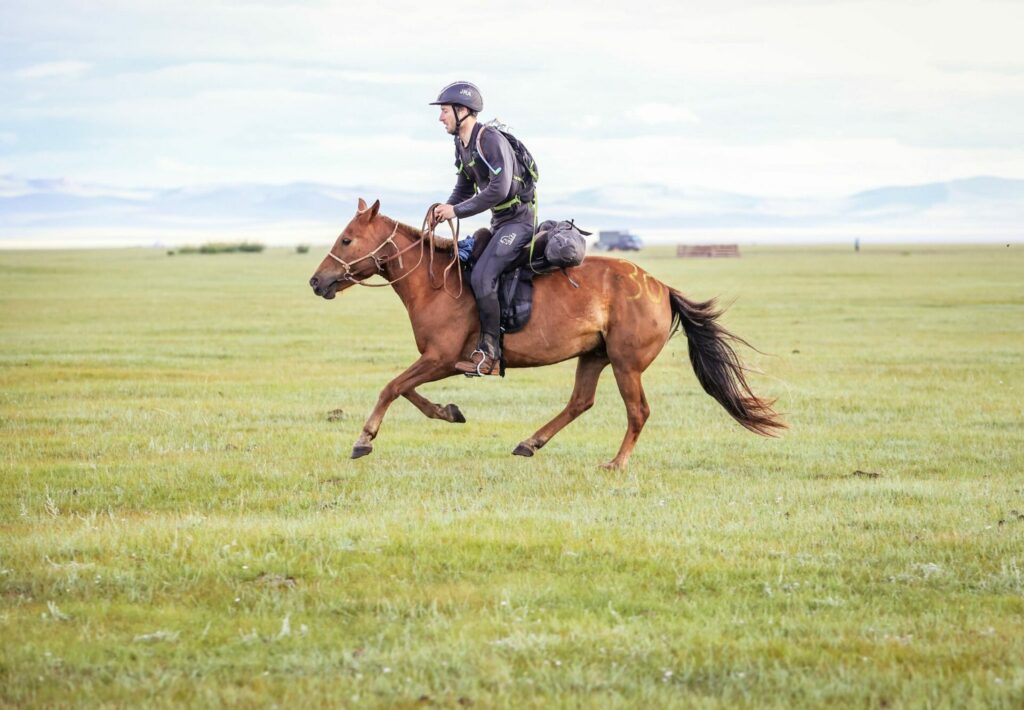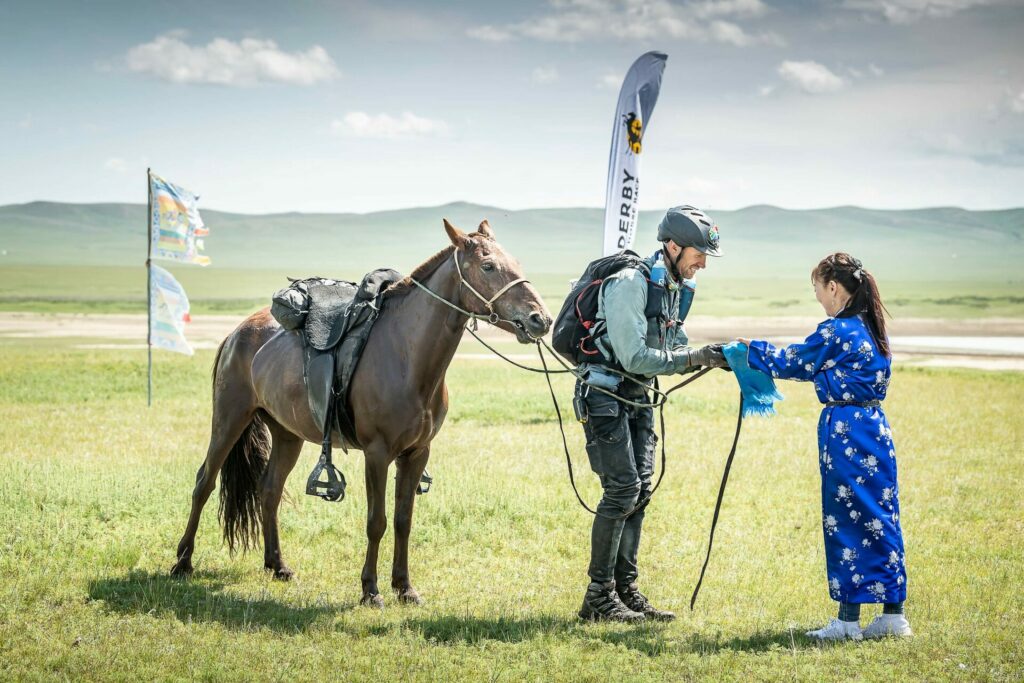
The History
“It is easy to conquer the world from the back of a horse” – Genghis Khan
In 1224, Man of the Millennium Ghenghis Khan set up the world’s first long-distance postal transmission system. Using a massive network of horse stations, his messengers could gallop from his capital Kharkhorin to the Caspian sea in a few days. It’s thought the speed of this communication provided a great tactical advantage for the Mongol warriors.
Riders carrying messages directly from the Khan would ride non-stop wearing a gerege (metal plate showing the authenticity of the message) on their belts. Messengers would leap onto their new ride at each urtuu at full tilt. Not even the call of nature or hunger would stop them. The remnants of this horse-wide-web carried on delivering post and messages right into the 1950’s. And now it’s back. Delivering you.
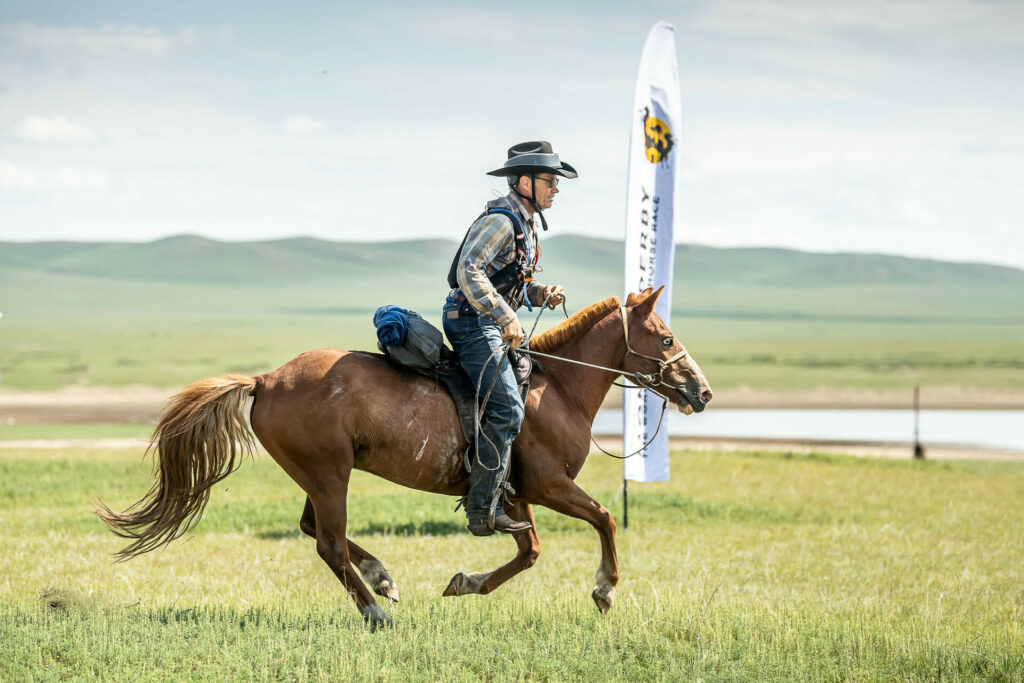
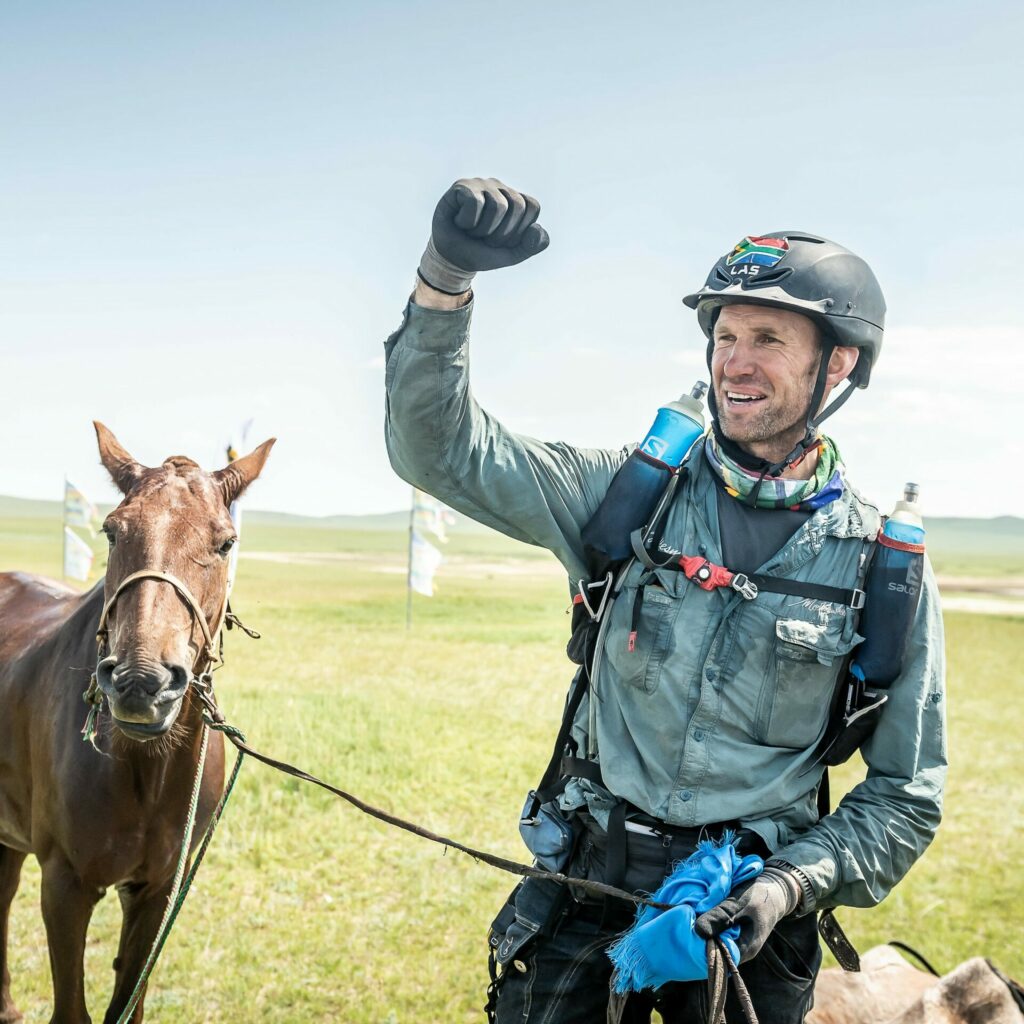
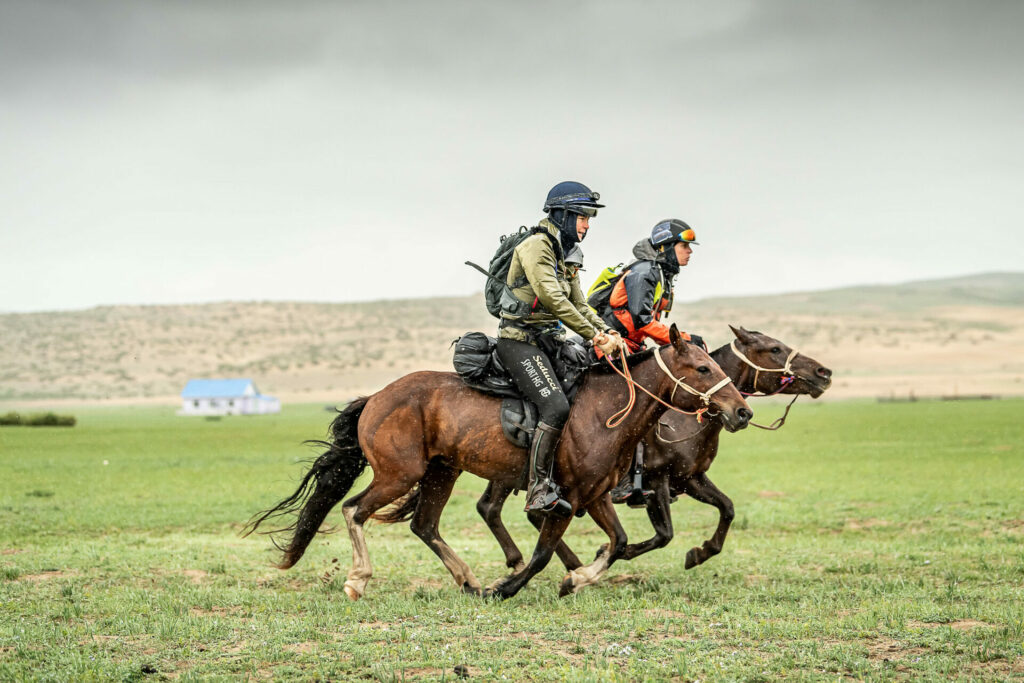
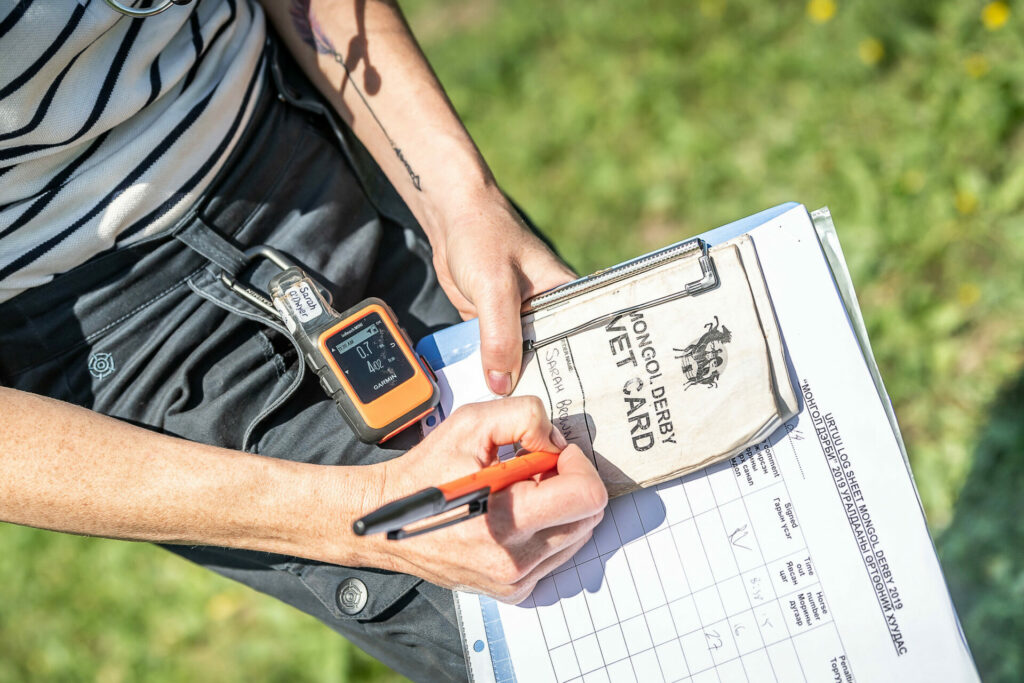
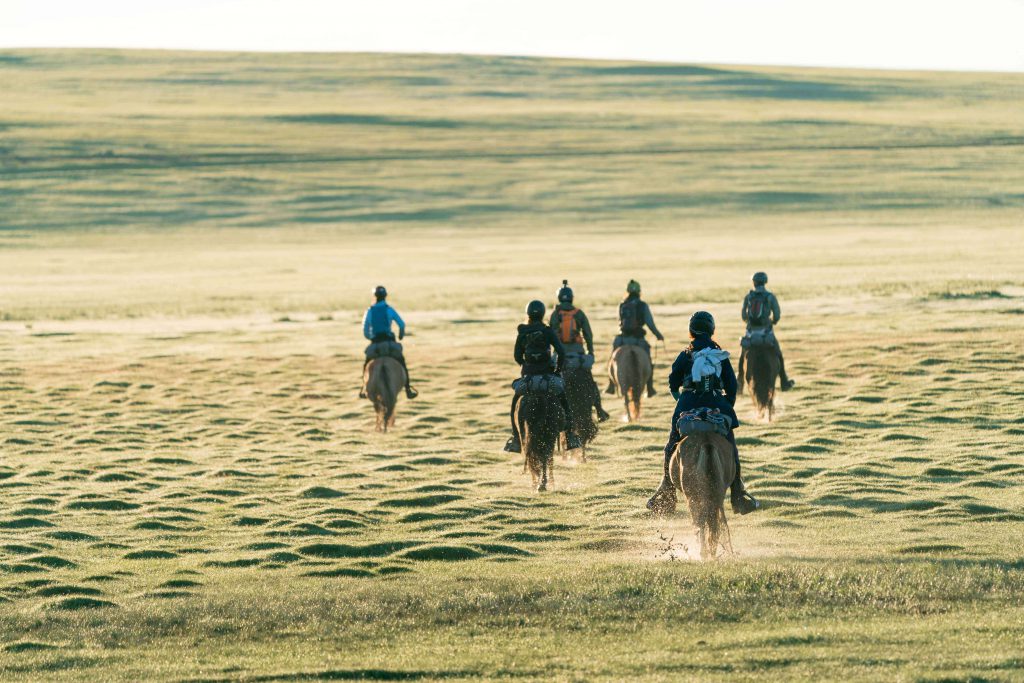
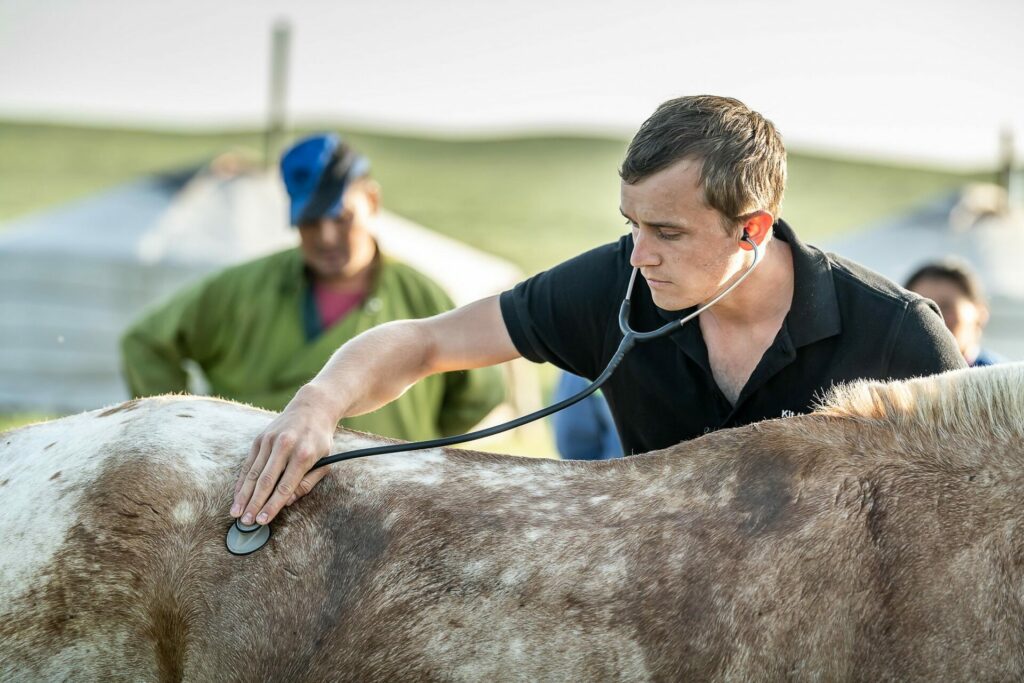
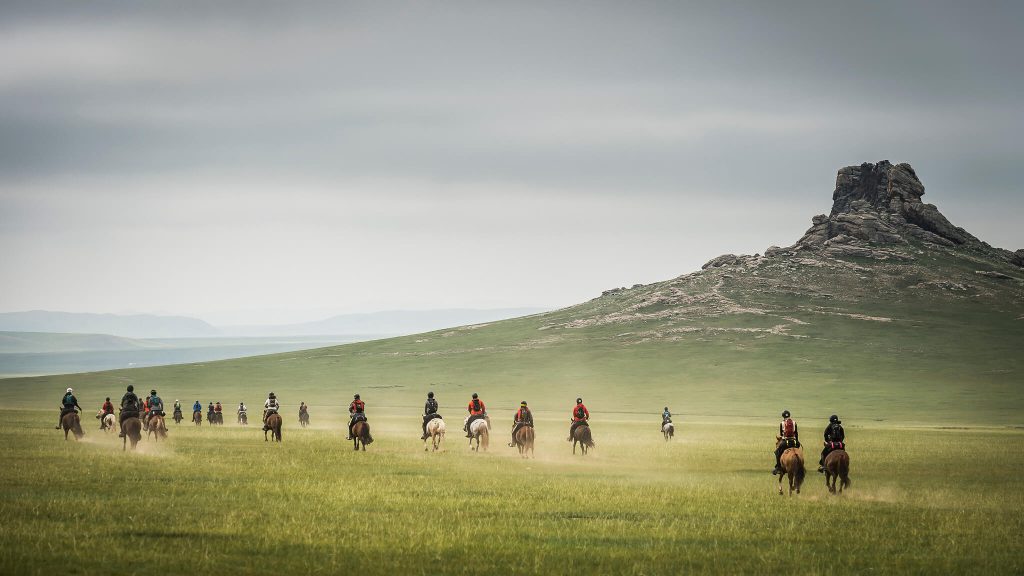
The Course
This is no pony trek or guided tour. There’s no marked course, no packed lunches, no beds to sleep in. That’s the whole point. It’s just you, your team of horses, and a thousand kilometres of Mongolian wilderness. The course consists of horse stations (morin urtuu in Mongolian) at 35 km intervals where you swap your horse and refuel. You change horses at every station and deliver your mounts to the next in great health. How you navigate between them is where your adventure begins.
We spend many months designing and testing the Mongol Derby route, making sure it’s right for the horses and that it will deliver the greatest equine adventure in the world: high passes, huge valleys, wooded hills, river crossings, wetland, dunes and of course open steppe.
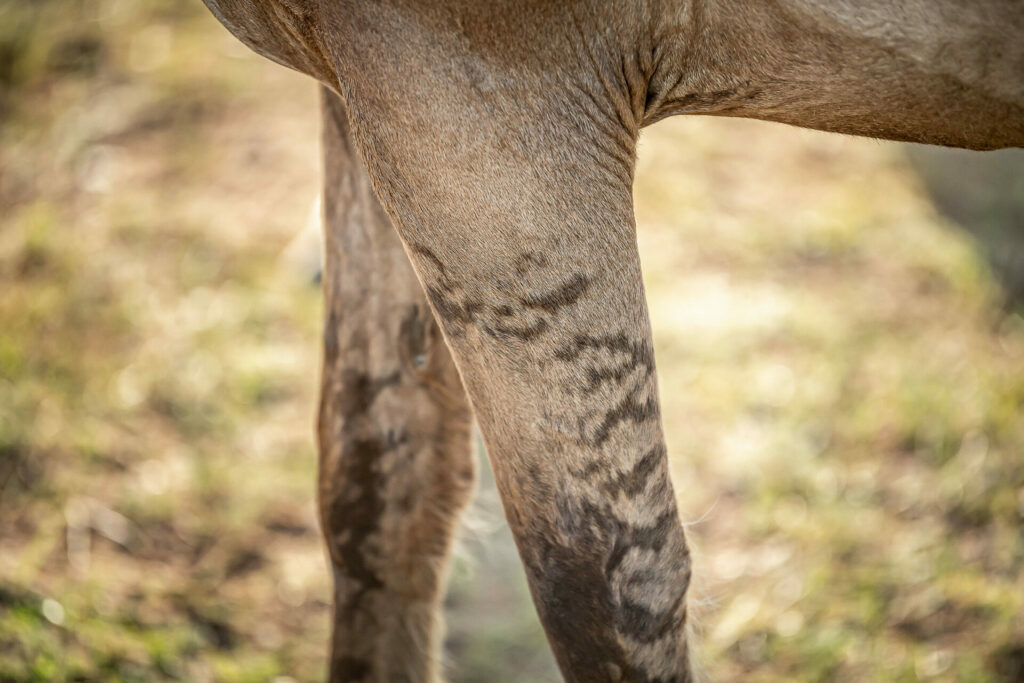
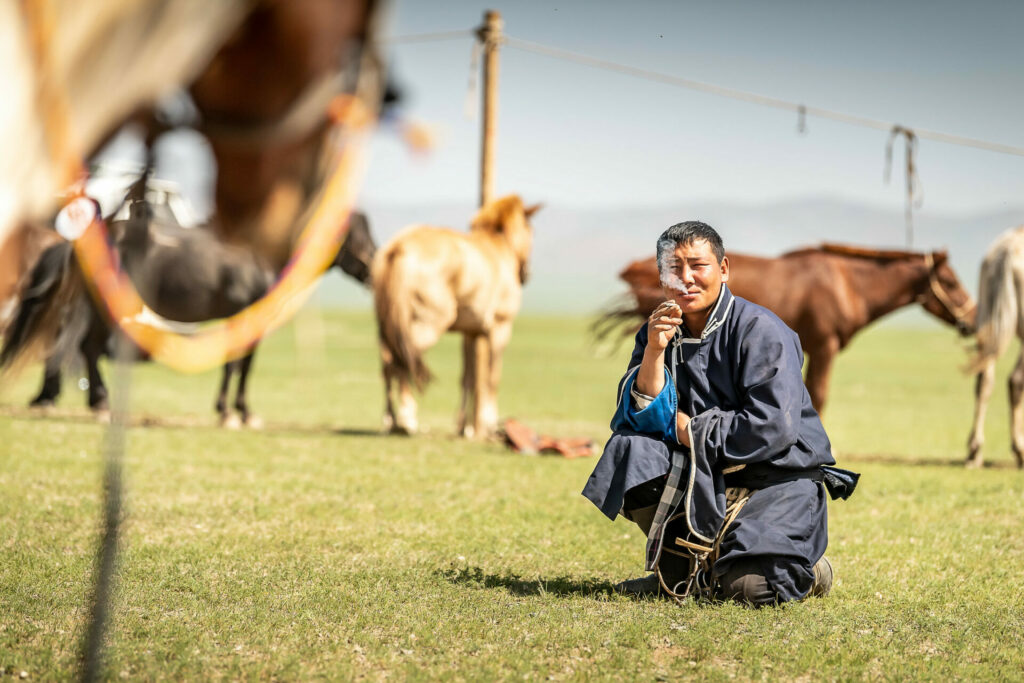
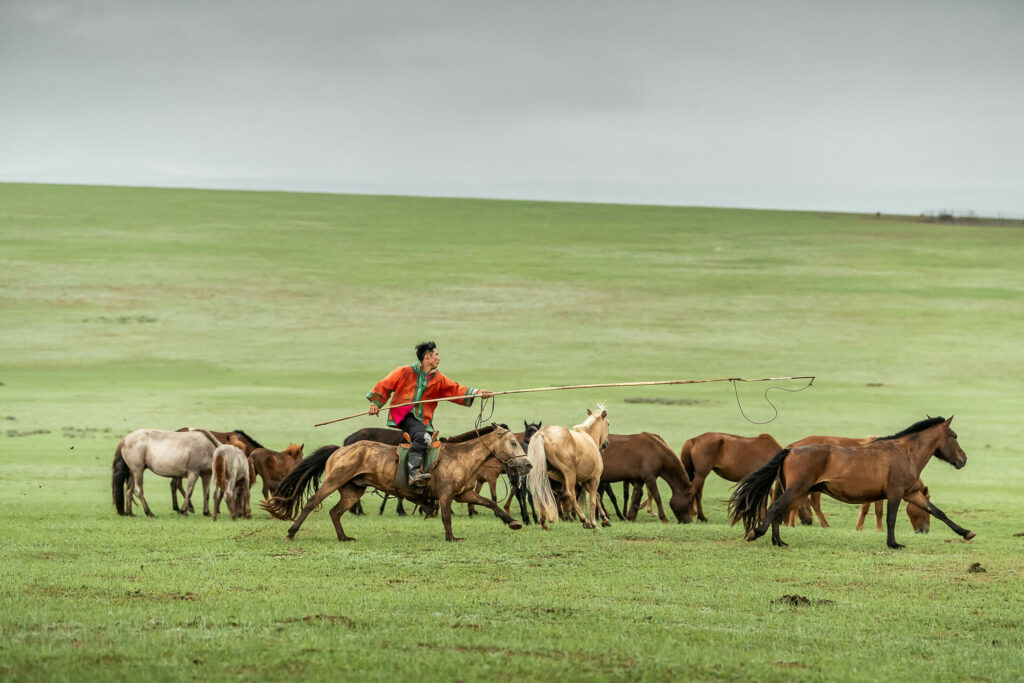
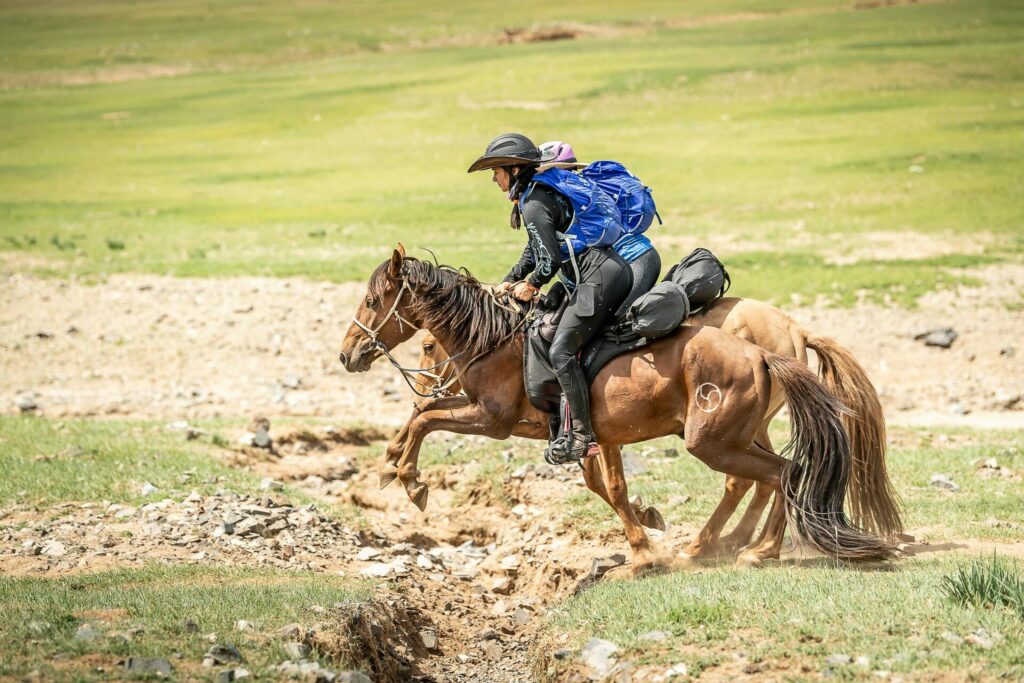

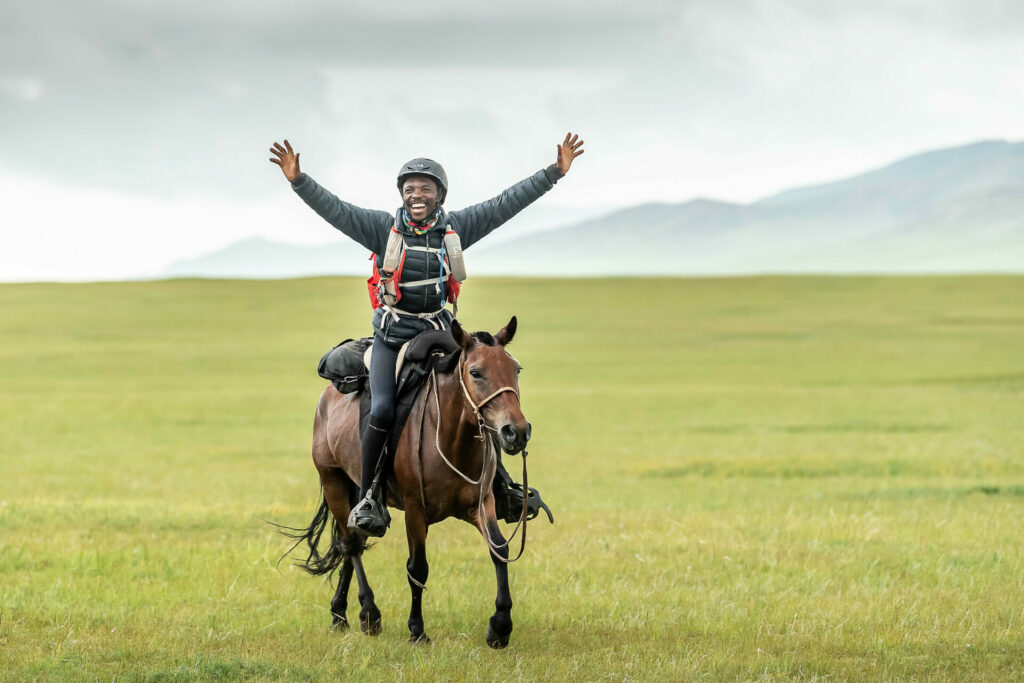
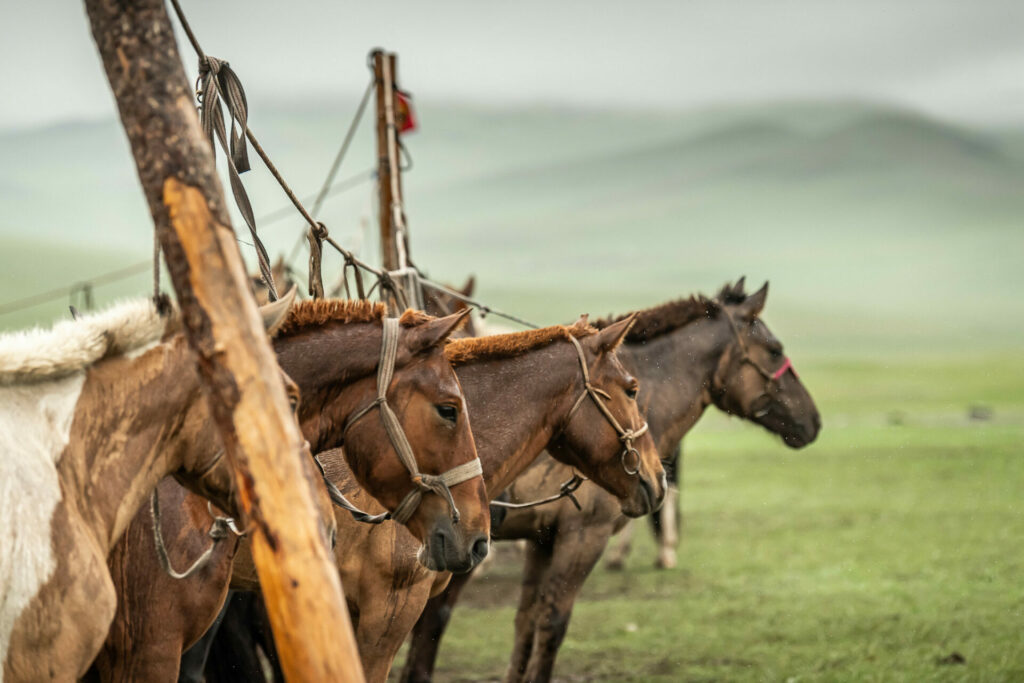
1500 Mongolian Horses
Every year we vet and train 1,500 Mongolian horses for the Mongol Derby. Each horse is catalogued and checked thoroughly by our professional vet team before being allowed to join the race. They’re then vetted before the riders take them on their less-than-40km run and they are scrutinised again after completing the leg. Riders are not allowed to continue until the horse is given the all clear.
These horses may be smaller than some are used to riding, but by God are they incredible. Mongolian horses were the intercontinental ballistic missiles of the thirteenth century, and carried the all-conquering Mongol armoured warriors across half the world. Diminutive, sturdy, fearless, wild and unbelievably tough, they have changed very little over the centuries.
Of the three million horses inhabiting the steppe, the great majority of them live in large semi-feral herds, surviving temperature extremes from -40°C in winter to +30°C in summer. They mostly eat steppe grass, drink water as they find it, and are rarely given any extra nutrition by their herders.


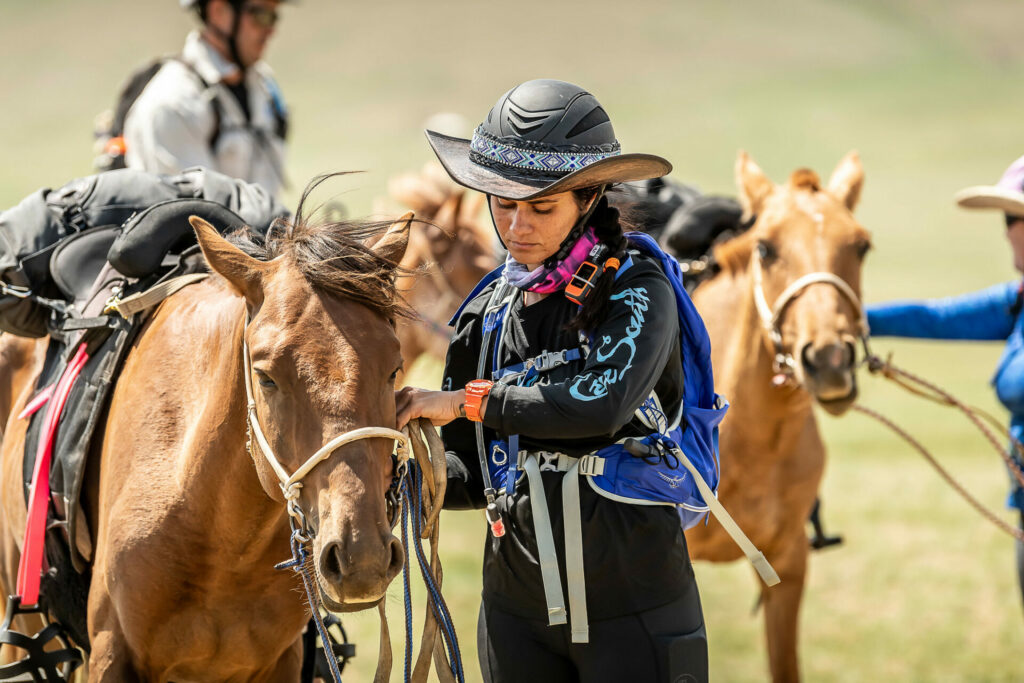
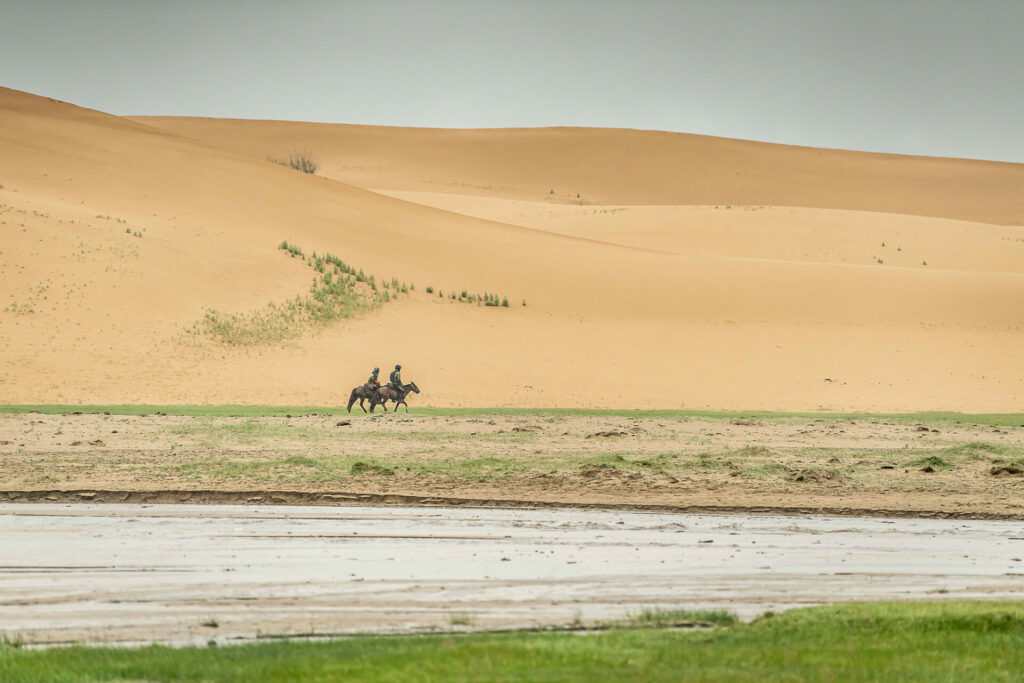
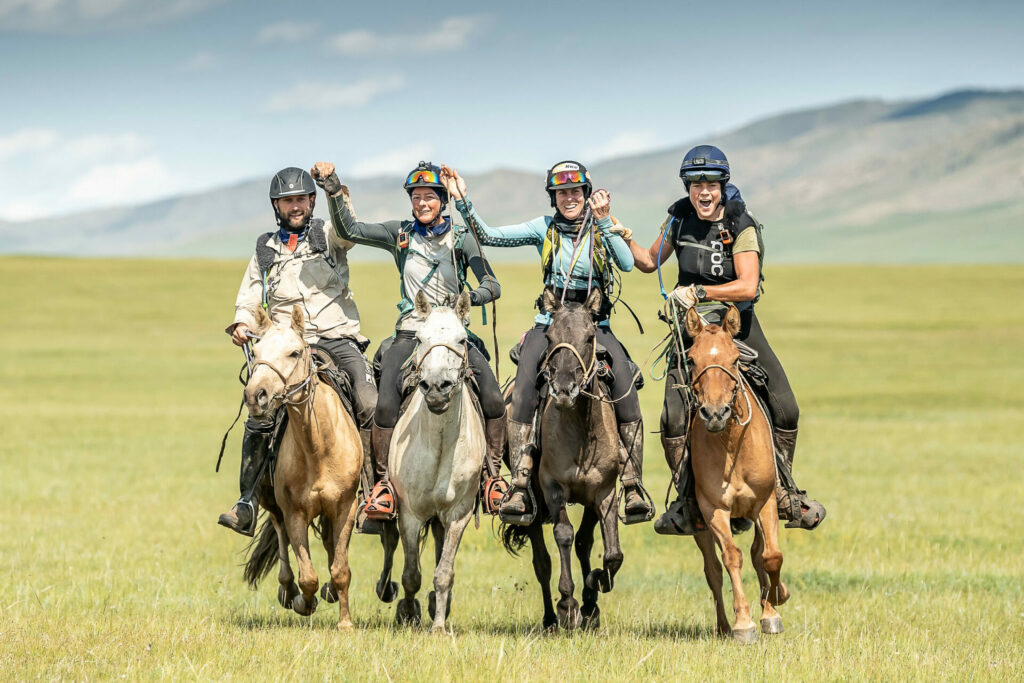
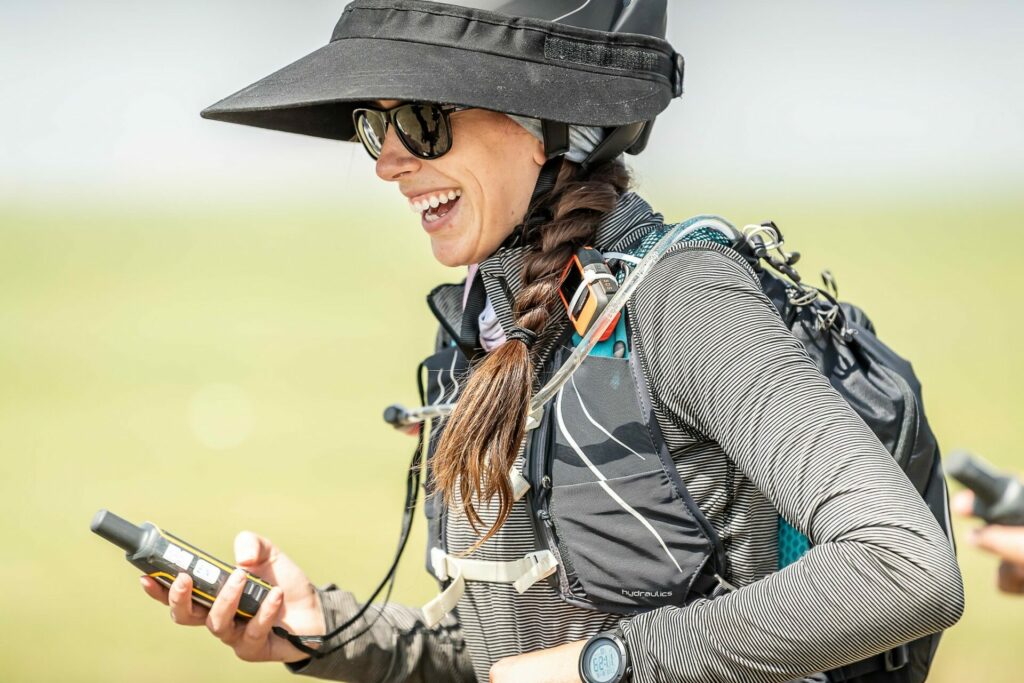
Mongol Derby 2024 Day 9 – Sharing the spoils
26 more of our incredible riders cross the line to complete the 2024 Mongol Derby as families are reunited, lifelong friendships cemented and bottles popped.
Read moreMongol Derby 2024 Day 8 – All hail the Queen
The 2024 Mongol Derby champion is crowned aboard a lucky blue-eyed horse, after a tense dash for finish camp.
Read moreMongol Derby 2024 Day 7 – Ladies’ day
The weather may have cooled but the competition heats up, as we prepare to watch two extraordinary horsewomen attempt to battle it out for the Derby crown tomorrow.
Read more